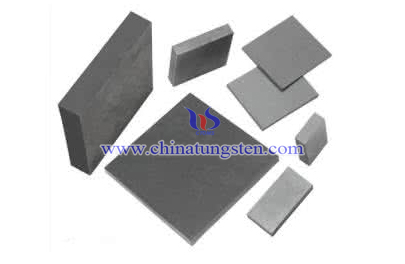Carbon Control of Non-Bond Tungsten Carbide
- Details
- Category: Tungsten Information
- Published on Saturday, 30 December 2017 18:54
Non-bond tungsten carbide is very sensitive to carbon content. In order to maintain normal phase structure, its carbon content needs to be controlled within a certain range. Once exceed this range, there is brittle phase or free carbon, which is harmful to the of performance the tungsten carbide.
As the appropriate carbon content of un-bond tungsten carbide is a fixed value, carbon control of un-bond tungsten carbide is more important.

Importance of Carbon Control
When the phenomenon of lacking carbon occurs, non-bond tungsten carbide is prone to produce brittle η phase, resulting in decreased strength. Free carbon is easier to react with oxygen, hydrogen, nitrogen and other elements than carbon, and more gas is generated when sintering. Therefore, when the free carbon is too much, the pores in the sintered body increase and the density decrease.
Proportions of Carbon
Studies have shown that when the carbon content is 0.4%, it can form WC phase just right, which is much larger than that required by common mold pressure - sintered tungsten carbide.
Powder Size
With the refinement of the particle size of the original powder, the oxide content of the powder surface increases. In the process of sintering, it is easier to react with free carbon to produce a carbon deficiency phase. It has been found that there is no carbon deficient phase when 0.5μm WC powder is added to 0.3% carbon black after sintering. However, the increase of carbon distribution can also reduce the porosity of the sintered body and promote the grain growth of the sintered body.
- Tungsten Carbide Manufacturer & Supplier, Chinatungsten Online: tungsten-carbide.com.cn
- Tungsten News & Prices of China Tungsten Industry Association: www.ctia.com.cn
- Molybdenum News & Price: news.molybdenum.com.cn
- Tel.: 86 592 5129696; Fax: 86 592 5129797; Email: sales@chinatungsten.com



 sales@chinatungsten.com
sales@chinatungsten.com